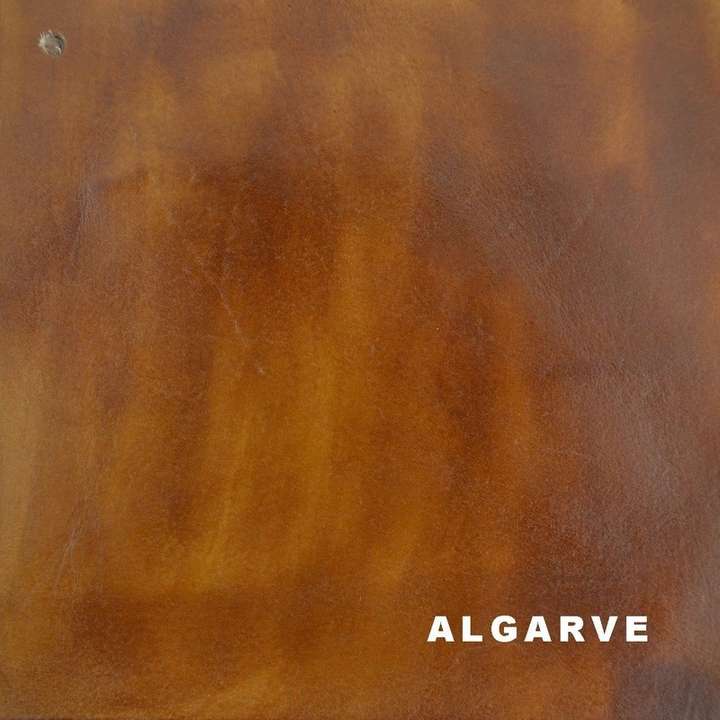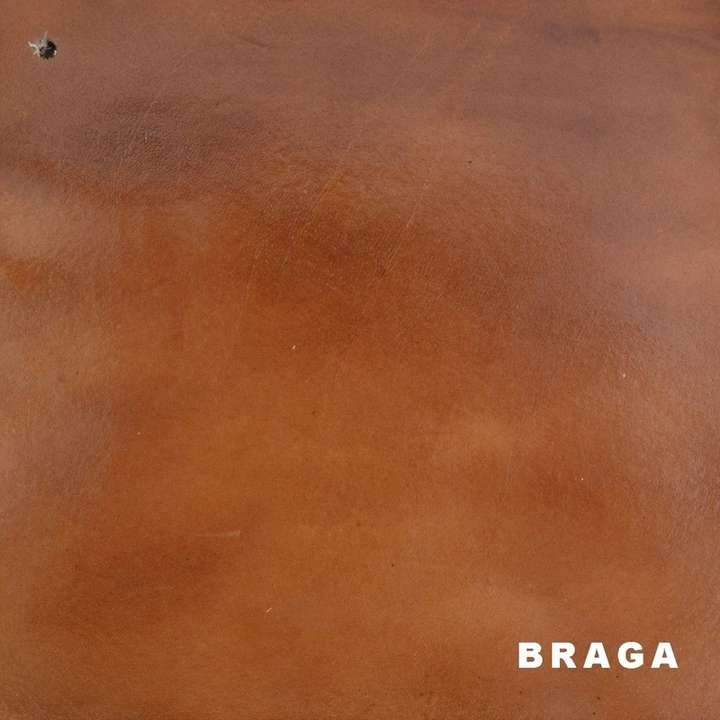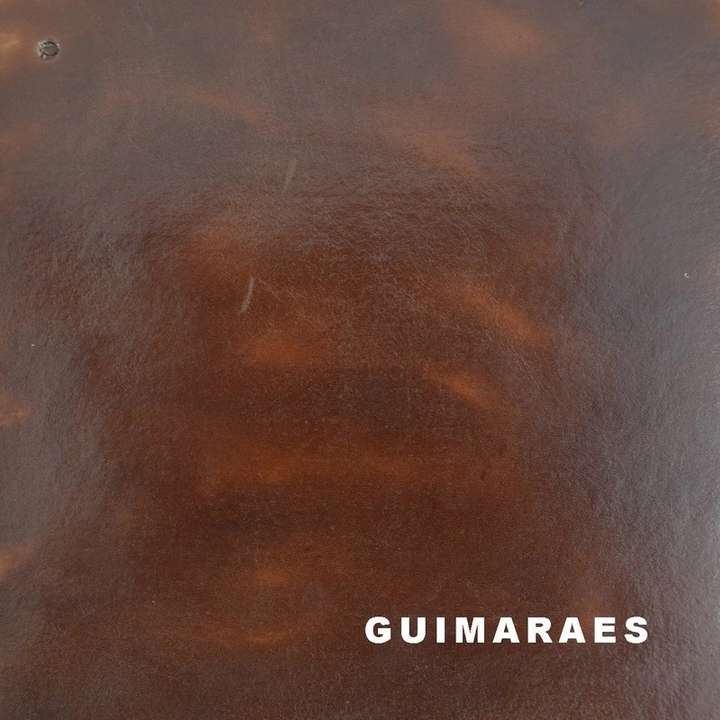Carlos Santos is very well recognized by many shoe lovers for its patina. Its patina is not as aggressive or imaginary as French counterparties, while its deepness and discreetness is the conservative party in patina shoe field.
Each name of the patina comes from a city of Portugal and this cultural content is very intriguing.
Let us have a look.
Alentejo

Alentejo is a plateau area. The landform here is different from other places in Portugal. It is a large flat grassland with sparse trees in between, and it expresses a strong African style. It is also the southernmost coastline of Portugal, where the sea is warm and calm.
Inland are vast golden wheat fields, undulating in the breeze. Undeveloped sandy beaches along the coastline are uneven and inviting. The Arabs have an important influence on the composition of the people and the natural environment here.

Alentejo is the most important wine producing area in Portugal, so this patina is a tribute to the wine.
Algarve

Algarve Beach is the best in the world. There are many types such as hidden beaches and family beaches. Some beaches have very calm waters, which are ideal places for water sports. There are 30 golf courses in Algarve, some of which are considered the best in Europe, which attracts many golf amateurs and professional players.

This patina feels like the intersection of beach and rocks.
Braga

Braga is located in the northwest of Portugal. It is the capital of the Braga district of Portugal and is considered to be the jurisdiction of the oldest Christian archbishop in Portugal and the world.
The city is the third largest city in Portugal, and in 2012 it was known as the European Youth Capital.
Braga’s greatest wealth is architecture, which can be traced back to the late Neolithic period to the Roman period.

This patina is a tribute to ancient Roman architecture.
Coimbra

Coimbra is located in central Portugal, on the banks of the Mondegu River, second only to the capital Lisbon and the northern important town of Porto.
In the middle of the Middle Ages, the city was also the capital of Portugal. Coimbra has many archaeological sites that date back to the Roman period and are well preserved.
Founded in 1290, the University of Coimbra is one of the five oldest universities in the world and the oldest university in Portugal. Listed as a World Cultural Heritage in 2013, this university and its college have grown and developed in the old city for more than 7 centuries. Famous university buildings include the 12th-century Santa Cruz Church and some 16th-century colleges, including the Alcáçova Palace, which housed the university in 1573, the Baroque-decorated Jonina Library, the 18th-century Botanical Garden and University Press, and 20 The vast “University Town” was founded in the 1940s.
The building of the University of Coimbra has become a reference sample for the establishment of higher education institutions in the Portuguese-speaking world, and has a significant impact on the learning and literature of the Portuguese-speaking world. It has established a model of a comprehensive university city, with a special type of city and the etiquette and cultural traditions passed down from generation to generation.

Coimbra is a city with the most classical style of Portugal, and the patina gives such a deep and heavy feeling, and it is indeed a very rich historical taste.
Guimaraes

Guimarães is located in the foothills of Santa Catarina in the southern part of Braga. It was built in the 4th century and was the capital of Portugal in the 12th century. It is a famous ancient city in Portugal and is known as the “cradle of the Portuguese nation”.
The Guimarães castle complex, built in 996 AD, has a difficult terrain, and its main building is made of granite. The Palace of the Dukes of Bragança was built in the 15th century according to the will of King Joao I of Portugal, and its style was influenced by Normandy architecture.

This patina tries to mesmerize the past dynasty.
Sintra

Sintra Mountain stretches from Lisbon to the shore of the Atlantic Ocean. Sintra is not only a monastery and royal summer resort in history, but also produces green apples and flowers. The superior climatic conditions make the local red potatoes particularly famous. Terra is also a traditional place for breeding and training horses in Portugal.
The Sintra Palace with white walls and red roof was built by John I in the 14th century and was not completed until the reign of Manuel I in the 16th century. The most distinctive feature of the palace is the imperial dining room. The stove is located in the middle of the kitchen and the tall chimney rises from the ground.

It should be easy to understand the patina to express the abundant greenery here.
Tejo

Tejo is located in the very center of Portugal, just a short drive from the capital Lisbon. The rich heritage includes a large number of historical treasures, from Roman ruins and Gothic castles to Manueline monasteries and hilltop medieval villages. Tejo is known as the land of vineyards, olive trees, and cork forests.
Viticulture has deep roots in Tejo and is known as one of the oldest wine-producing regions in the country. Since Roman times, vineyards have been all over the banks of the Tejo River.
Formerly known as Ribatejo before 2009, and now referred to as Tejo for short, so this name, Tejo is a tribute to this river, which has defined its landscape, climate and economy for hundreds of years. The river is also famous for its unique Tejo terroir, making the surrounding plains and river banks ideal for growing Portuguese native grapes.

A name for both the city and the river, this patina is a tribute to the colour of the river.
Conclusion
The deeper you dig, the more entrenched into these patinas as each city has its uniqueness.

